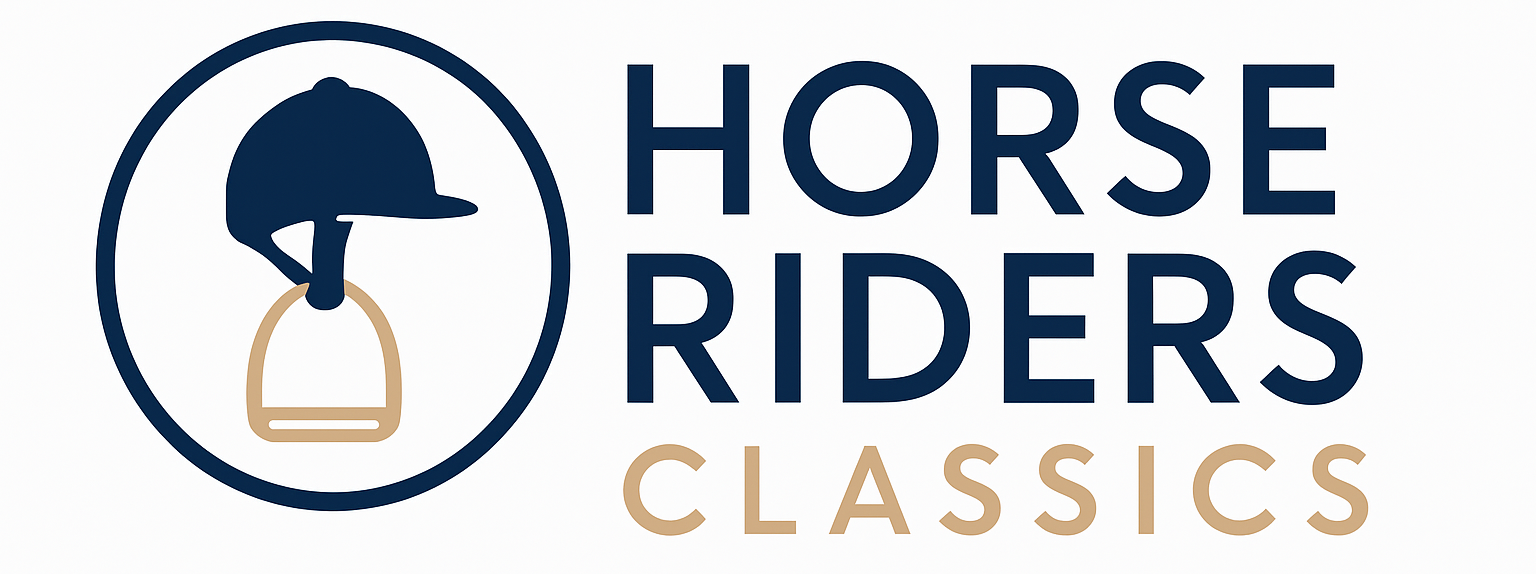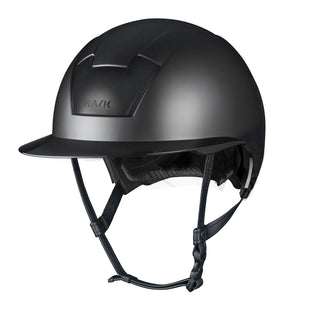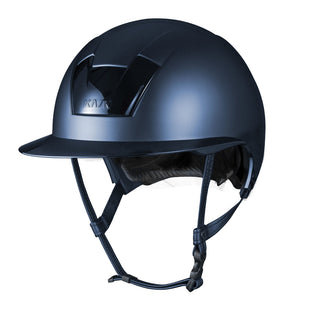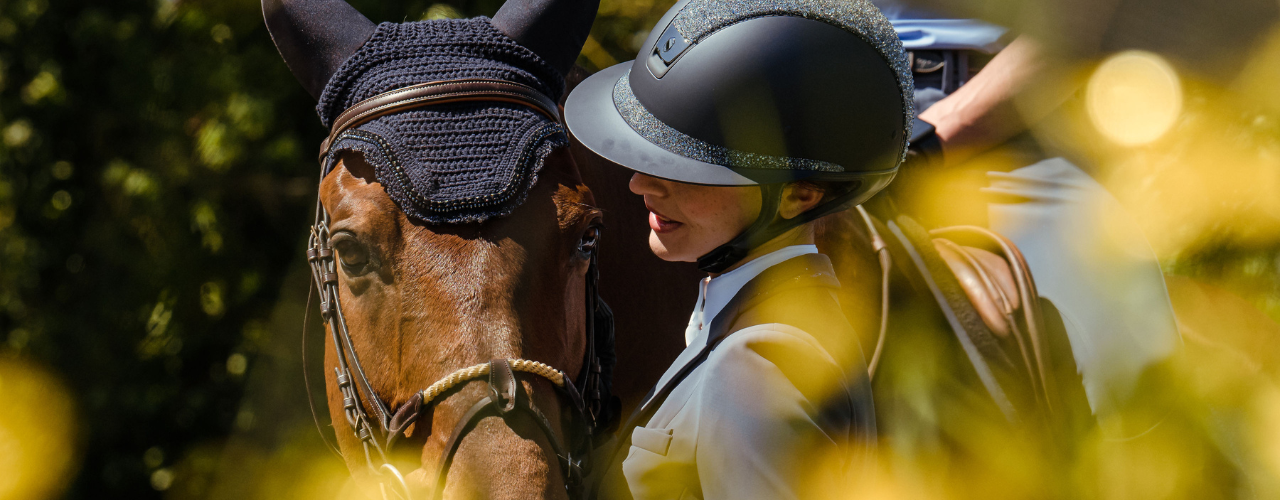We regularly hear that riders have been riding with the same cap for ten years. The cap still looks good and looks just as safe from the outside as before. Something to be proud of, you would say. Unfortunately, the outside doesn't tell the whole story. In fact, an 'old' cap poses a great risk. We are happy to explain why you should replace your cap regularly.
Head protection
Your safety is of course very important when riding a horse. Your helmet protects the head and is therefore the most important piece of protection for riders. The cap absorbs major blows if for any reason you fall off the horse or collide with something. All of that is nothing new.
Replace cap after a fall
Many riders only start thinking about replacing their riding helmet after a fall. And even then it often happens that the cap is 'approved' if no damage is visible to the eye. But a cap can be damaged or 'finished' on the inside, while it still looks fine on the outside. That is of course a dangerous situation. We are happy to explain how that works.
Cross section of a cap
It is clear to everyone that a cap that is damaged on the outside must be replaced. Of course, the outside of your cap absorbs some of the impact. But don't forget the inside of the cap. The inner shell of a cap is made of EPS (expanded polystyrene, also known as Styrofoam), a shock-absorbing material. This vulnerable layer is hidden between the outside and the inside of the cap. This EPS layer absorbs the shock that occurs in the event of a fall. This airy layer is pressed together. The energy released during a fall is distributed and absorbed, so that the skull is protected.
Pictures below: Charles Owen pays a lot of attention to the design and safety of the caps. You can also see the interior of the riding helmet.

Invisible damage
After a fall, a cap may still look fine on the outside, but the EPS inner layer will no longer provide sufficient protection. This layer is quite vulnerable: the material can break or lose its shock-absorbing capacity. This happens in the event of a fall, but the protection also decreases over the years, with normal use of the cap. It is therefore possible that there is invisible damage to the EPS inner layer of your cap. The danger is that you drive with an unsafe cap.
When to replace a cap?
So the question is: when should you replace your cap? The answer is simple: - After every hard blow to your helmet, including, for example, if your helmet has fallen on a hard surface (and there is no visible damage) - Once every five years, from the first use of the helmet (also if the cap still looks good)
Safety first
Protecting your head while riding is crucial. That is why it is wise to opt for a new cap when in doubt. It is not without reason that major brands such as Charles Owen advise purchasing a new cap at least every five years. Safety first. Do you want advice about your cap? Feel free to contact us.









